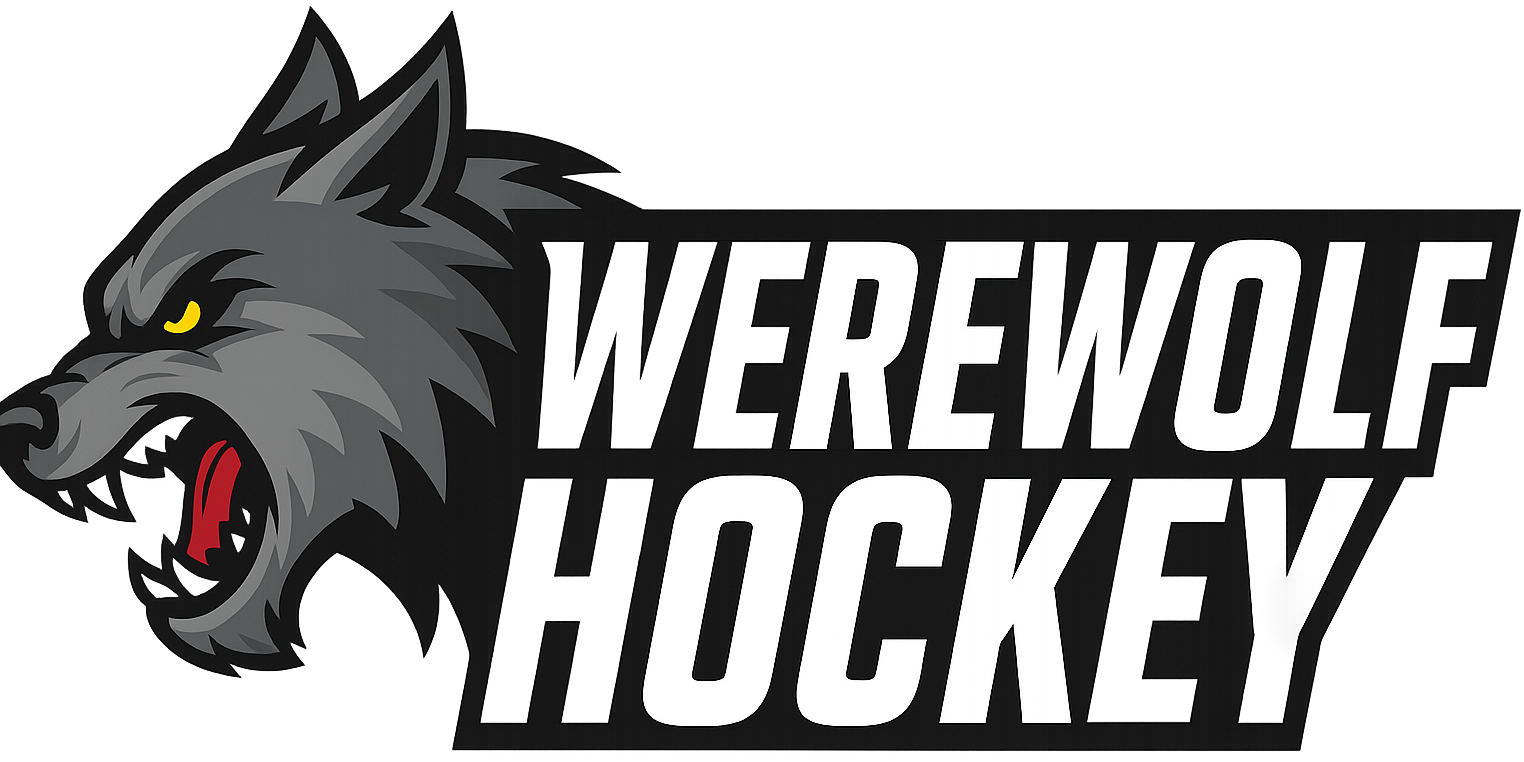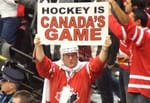Ice hockey is more than a game of speed and precision. It is a contest of endurance, intelligence, and willpower where competition drives every decision, movement, and emotion. From the first drop of the puck to the final buzzer, players are locked in a battle that extends beyond skill alone. It is a struggle of mindset and teamwork where every athlete seeks to outthink, outlast, and outperform their opponent. The essence of competition in ice hockey is what makes the sport one of the most thrilling and respected in the world.
Competition begins at the earliest stages of the game. Young players learn not only to skate and handle the puck but to challenge themselves against others. From youth leagues to professional arenas, the urge to compete becomes part of the culture. Every drill in practice, every scrimmage, and every shift on the ice is an opportunity to measure growth and resilience. Coaches encourage players to compete not only against opponents but against their own limitations. The ability to overcome fatigue, fear, and frustration builds the foundation of a competitive spirit that defines hockey players for life.
As players rise through the ranks, the nature of competition becomes more complex. At the professional level, athletes are not only competing for championships but also for roster spots, ice time, and recognition. The margin for error is razor thin. A single shift can determine whether a player stays in the lineup or watches from the bench. This intensity breeds excellence. It pushes players to train harder, react faster, and think more strategically. Each game becomes a proving ground where preparation meets opportunity. In this environment, competition does not divide a team but strengthens it. Every player knows that their effort contributes to a shared pursuit of victory.
Rivalries form the heart of hockey’s competitive landscape. When two teams with long histories face each other, the energy in the arena reaches a level unmatched in most sports. Fans feel it, players feel it, and every moment becomes amplified. The competition transcends individual skill and becomes a test of pride, heritage, and endurance. Classic rivalries such as those between Toronto and Montreal or Chicago and Detroit remind the hockey world that some games are more than just contests. They are chapters in a continuing story of rivalry, emotion, and respect earned through years of shared struggle.
International hockey brings competition to a grander scale. When nations face one another, the sport becomes a symbol of identity and unity. The Olympic Games and World Championships turn hockey into a global expression of pride, where players represent not just clubs but entire countries. These tournaments often feature the most intense competition imaginable because the players are driven by the honor of carrying their nation’s hopes. The pressure of representing millions of people creates an environment where the difference between triumph and defeat carries deep emotional meaning. It demonstrates that competition in hockey can unite and inspire across borders.
Within each game, competition unfolds in layers. A forward battles for positioning in front of the net while a defenseman fights to clear them away. A goaltender faces the relentless challenge of anticipating unpredictable shots while maintaining composure under pressure. Every shift presents new matchups, each with its own mini battles that collectively determine the outcome. Players read opponents’ tendencies, adapt their strategies, and look for weaknesses to exploit. The constant one on one competition builds respect among athletes, as each recognizes the other’s commitment and resolve.
Coaches experience competition from a different perspective. Their challenge lies in strategy and leadership. They must anticipate the opponent’s tactics, adjust line combinations, and motivate players through both success and adversity. A good coach knows that competition extends beyond the ice. It involves mental preparation, discipline, and emotional stability. A team that learns how to stay focused under pressure often gains an edge over those that crumble when momentum shifts. Coaching in hockey is a continual contest of decision making, timing, and trust.
Competition in hockey also reflects the importance of adaptation. The sport is constantly evolving as technology, training, and analytics redefine how teams approach the game. Every innovation introduces a new layer of competition, forcing players and coaches to adjust. Teams that adapt fastest often rise to dominance, while those that resist change struggle to keep pace. From advanced skating techniques to video based strategy sessions, every improvement is a direct response to the need to gain a competitive edge.
Despite its intensity, competition in hockey fosters deep respect among players. After fierce battles filled with collisions and relentless effort, opponents line up for a handshake at the end of each game. This tradition symbolizes the honor that comes with fair competition. It reminds everyone involved that rivalry does not erase respect. In fact, it strengthens it. Players understand that without strong opponents, there would be no measure of greatness. The handshake line stands as one of the purest expressions of sportsmanship, showing that even in fierce competition, humanity and integrity remain central to the sport.
Off the ice, competition extends into preparation and recovery. Nutrition, conditioning, and mental focus are all areas where players compete for improvement. Modern athletes treat recovery as seriously as training, understanding that every edge matters. The best teams monitor rest patterns, analyze skating efficiency, and invest in psychological resilience. The constant pursuit of improvement defines what it means to compete at the highest level. In hockey, standing still means falling behind.
The culture of competition in hockey also creates lifelong lessons. Players learn that success requires more than talent. It demands discipline, teamwork, and humility. The drive to win teaches persistence in the face of setbacks. Losses become lessons, not failures, and victories become validation for hard work and sacrifice. Even after retirement, many athletes carry these values into other areas of life, using the same competitive spirit to achieve success beyond the rink.
Ultimately, competition is what keeps ice hockey alive and evolving. It inspires players to push boundaries and fans to stay passionate. Every era produces new rivalries, new champions, and new stories that add to the sport’s legacy. The thrill of competition transforms hockey from a pastime into a shared pursuit of excellence. Whether on frozen ponds or in packed arenas, every player who steps onto the ice understands the same truth. The spirit of competition is not about defeating others but about testing oneself against the limits of skill, endurance, and will. It is what makes ice hockey not only a sport but a lifelong challenge that never truly ends.


